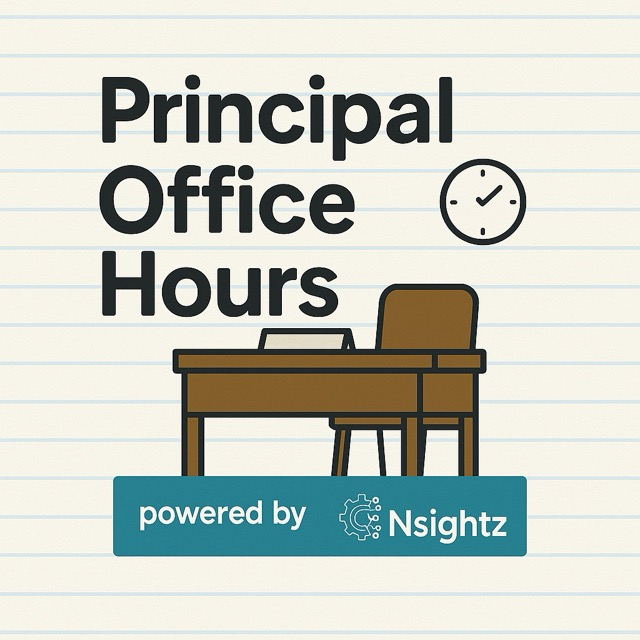Building Employee Engagement through Mentoring Programs
Summary:
Mentoring programs are an effective way to build employee engagement and boost minority representation in management roles. According to data from Engage Rocket, mentoring programs increased minority representation from 9% to 24%, and 87% of employees felt empowered by their mentoring relationships and developed greater confidence at work. Additionally, over 40% of workers without a mentor considered quitting their job in the past three months. Mentoring relationships are partnerships between coworkers dedicated to learning and growth, and can take various forms, such as one-on-one meetings or regular Zoom calls. Anyone can be a mentor, especially those in senior positions who are minorities, as traditional mentoring relationships can create elitist circles. To start a mentoring program, HR leaders can match one or two experienced leaders with high-potential junior staff and see if there is chemistry. Once a few relationships start to blossom, it becomes easier to convince other leaders to participate. A more informal, organic approach is recommended until critical mass is reached, at which point a more formal mentorship program can be implemented.
Mentoring programs are an effective way to build employee engagement and boost minority representation in management roles. According to data from Engage Rocket, mentoring programs increased minority representation from 9% to 24%, and 87% of employees felt empowered by their mentoring relationships and developed greater confidence at work. Additionally, over 40% of workers without a mentor considered quitting their job in the past three months. Mentoring relationships are partnerships between coworkers dedicated to learning and growth, and can take various forms, such as one-on-one meetings or regular Zoom calls. Anyone can be a mentor, especially those in senior positions who are minorities, as traditional mentoring relationships can create elitist circles. To start a mentoring program, HR leaders can match one or two experienced leaders with high-potential junior staff and see if there is chemistry. Once a few relationships start to blossom, it becomes easier to convince other leaders to participate. A more informal, organic approach is recommended until critical mass is reached, at which point a more formal mentorship program can be implemented.
Timestamp
0:00:00 Introduction to mentoring programs and their benefits
0:00:33 Statistics on the impact of mentoring programs
0:01:06 Definition and types of mentoring relationships
0:02:04 Who should be mentors
0:02:50 How to get started with mentoring programs
Transcript
Mentoring Programs and Engagement
CT Leong: [:We had a look at some of the data. On mentoring programs first, what we realized was mentoring programs boosted minority representation at the management level from 9% to 24%. More than four in 10 workers who don't have a mentor say that they've considered quitting their job in the past three months.
tween coworkers dedicated to [:There are several different types of mentoring. The most common being a one-on-one kind of relationship. The frequency in which mentors meet and the way that they interact and communicate differs from mentor and mentee. Across multiple different ways. So some of the most common one is meeting up for coffee or sometimes it's a regular zoom call every three months, but it really depends on the mentor and mentee.
nd representation within the [:So how do we get started? At this stage it's very tempting to get out our planners and come up with objectives and goals and all of that good stuff. But if you're not already begun on this mentorship journey, I would recommend that as an HR leader, Find one to two other leaders who are keen to share their wisdom, experience, and insight.
Match these folks with high potential junior staff and see if there's chemistry, because ultimately mentoring relationships can't be forced. And once you find one or two of these relationships starting to blossom, it then becomes easier to convince. Other leaders to do the same. Once you hit critical mass within the organization, then maybe you wanna think about more formal mentorship programs that you can release and into the organization.
hing like this. Then to have [:Engage Rocket on LinkedIn.


